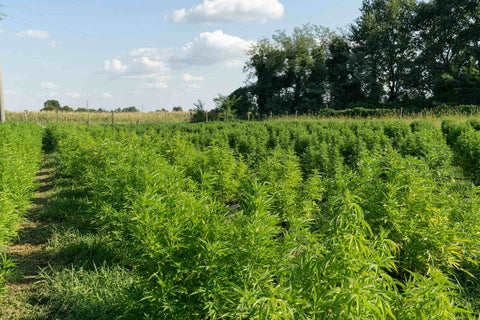Botanical Origins: Who Made Weed What It Is Today?
Cannabis, with its diverse array of strains and properties, has a rich botanical history shaped by both nature and human intervention. From its humble beginnings as a wild plant to its cultivation by ancient civilizations, cannabis has undergone a remarkable evolution to become the versatile and widely-used plant we know today. Join us as we trace the botanical origins of cannabis, exploring the natural evolution and human interventions that have influenced its development over millennia.
From Wild Origins to Domestication
1. Wild Cannabis:
- Cannabis, known scientifically as Cannabis sativa, is believed to have originated in Central Asia, where it grew wild in regions such as present-day Mongolia and Kazakhstan. This wild cannabis thrived in diverse environmental conditions, from mountainous regions to river valleys, adapting to various climates and soil types.
2. Ancient Domestication:
- Ancient civilizations such as the Chinese, Indians, and Egyptians were among the first to cultivate cannabis for various purposes, including fiber, food, medicine, and religious rituals. The earliest evidence of cannabis use dates back thousands of years, with archaeological findings revealing hemp fibers and seeds in ancient burial sites and settlements.
Selective Breeding and Cultivation
1. Selective Breeding:
- Selective breeding played a crucial role in shaping the diversity of cannabis strains we see today. Early cultivators selectively bred cannabis plants with desired traits, such as fiber quality, seed yield, and psychoactive potency. Over time, this selective breeding led to the development of distinct varieties tailored for specific uses.
2. Cultivation Practices:
- Cultivation practices evolved over time as humans gained a deeper understanding of cannabis cultivation techniques. Ancient cultivators developed innovative methods such as seed selection, irrigation, and soil management to optimize crop yields and quality. These cultivation practices varied depending on geographic region, climate, and cultural traditions.
Evolution of Cannabis Strains
1. Regional Varieties:
- Cannabis strains adapted to their local environments, leading to the development of regional varieties with unique characteristics. Environmental factors such as climate, soil composition, and altitude influenced the morphology and chemical composition of cannabis plants in different regions. For example, equatorial regions produced strains with high THC content, while temperate regions favored fiber and seed production.
2. Human Influence:
- Human intervention, through selective breeding and hybridization, further diversified cannabis strains, giving rise to an extensive array of cultivars with distinct cannabinoid profiles, terpene compositions, and growth characteristics. Cultural preferences and market demands also influenced the development of specific strains, leading to the creation of iconic varieties such as Hindu Kush, Northern Lights, and Blue Dream.
The Legacy of Cannabis Evolution
As we unravel the botanical origins of cannabis, we gain insight into the remarkable journey of this versatile plant from its wild origins to its domestication and cultivation by ancient civilizations. Through the interplay of natural selection and human intervention, cannabis has evolved into a plant of unparalleled diversity and utility, with applications ranging from fiber production to medicine and recreation. By understanding the natural evolution and human interventions that have shaped cannabis over millennia, we gain a deeper appreciation for the botanical legacy of this extraordinary plant.

